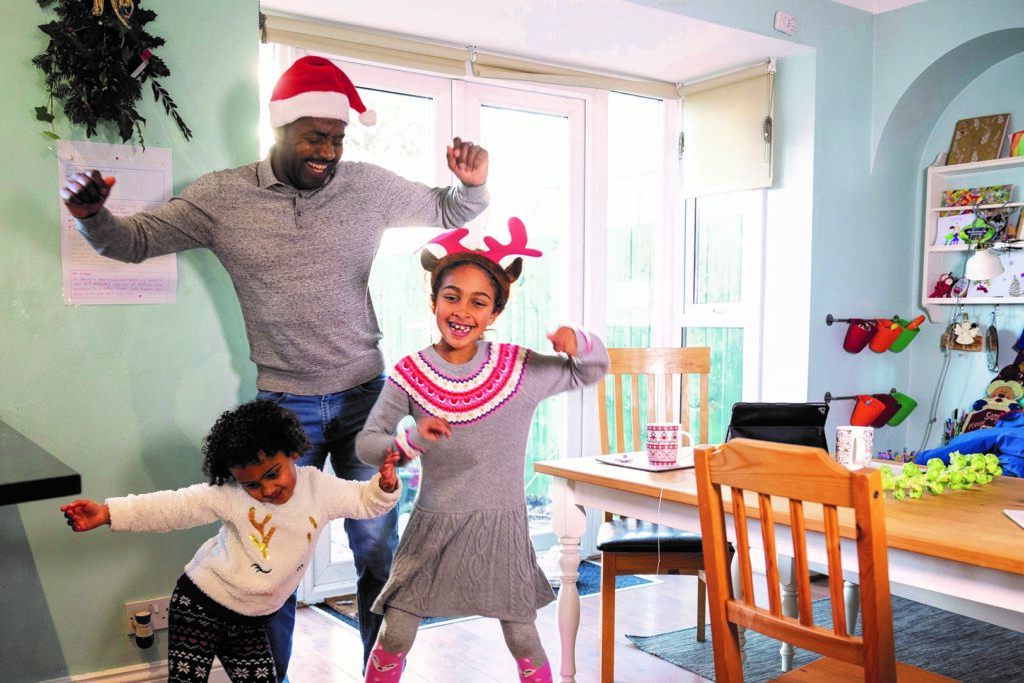Between changes in routine and visiting family (or having them visit you), the holidays can be emotionally overwhelming for children and adults alike, even in “normal times.” Add in inclement weather, the desire for a perfect holiday and parents still working, and you have a perfect cocktail for emotional meltdowns.
“The key to enjoying whatever this holiday season brings is to acknowledge the range of emotions the entire family may be feeling and hold space for those feelings,” said Ariel Acosta from KinderCare’s Inclusion Services team. “By working on a few key things now before the heightened expectations and busyness set in, families can build a toolbox of skills that will help make the season less stressful for everyone.”
Consider these tips to help families prepare for a less stressful holiday season.
Find ways to destress as a family – Throw on some music and have a dance party. Incorporate some simple yoga moves or stretches into your day to create mindful moments. Help your children create a list of calm-down techniques to choose from when they start to become overwhelmed or as a way to reset after an outburst, such as taking a deep breath.
Set expectations for greetings – Talk with your children about your family’s expectations around greetings and help them think of and practice different ways to say hello, such as a hug, handshake, high-five, wave or verbal greeting. Giving your children options ahead of time allows them to choose the greeting that feels most comfortable in the moment. To lessen the pressure, make sure family members and friends understand what you and your children are comfortable with. For example, “It looks like Zazil doesn’t want a hug right now, Auntie Mei. Perhaps a high-five would be better.”
Give your children (and yourself) grace – Talk with your children about the range of emotions you feel throughout the day. This can help them learn emotional literacy and flexible thinking. It also normalizes feelings. When a big feeling does happen, remember to connect before you correct by labeling and validating your child’s emotions: “I can see that you’re really sad we have to leave the party. Leaving makes me feel sad, too. What would help you feel better?”
If your child is engaged in unsafe behaviors, like hitting, wait until after everyone is calm before talking about what could be done differently next time.
“How you handle your mistakes can be a powerful example for your children,” Acosta said. “Once you’re calm, explain what happened to your children. Start by naming your emotion, apologize if you didn’t handle your feelings well and let your children know what you plan to do differently next time. ‘I was really mad you two were arguing and I yelled. I shouldn’t have done that. Next time, I’m going to try to remember to take some deep breaths to help me speak more kindly.’”
For more tips to help your children with social and emotional development, visit kindercare.com.
Story Credit: Family Features
Photo courtesy of Getty Images

